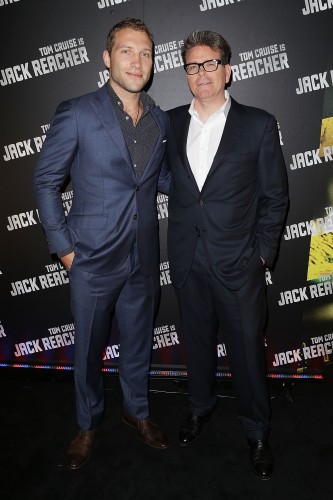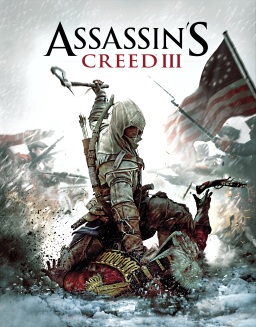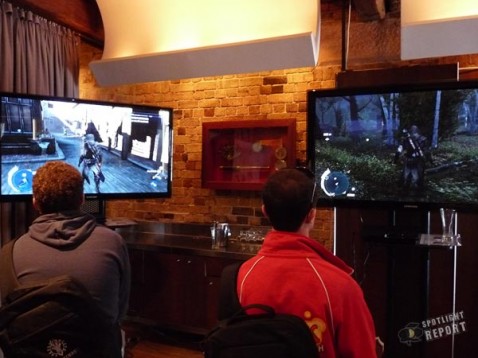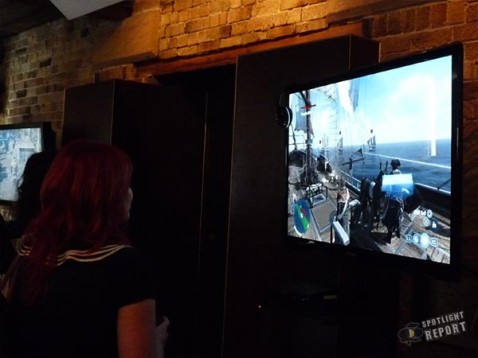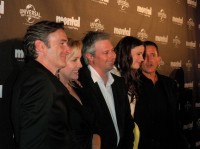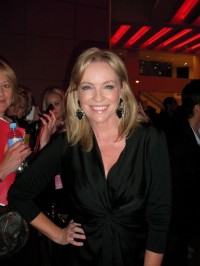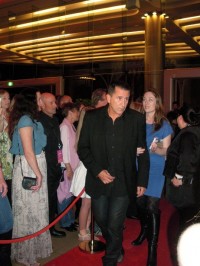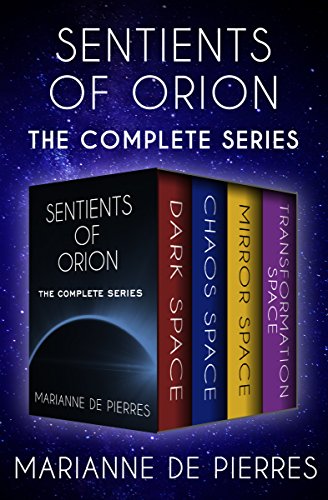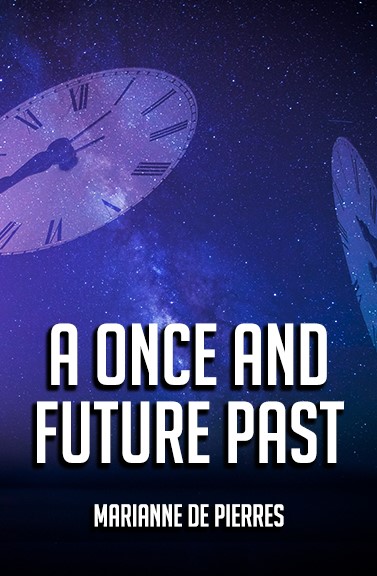Thanks to Paramount Pictures, The Spotlight Report (Jorge Duran) had the chance to take part in a roundtable interview alongside Damn Good Cup and Matt’s Movie Reviews, with the director of the upcoming action thriller Jack Reacher, Mr. Christopher McQuarrie.
Damn Good Cup: I absolutely loved, loved the movie. I can’t get over it. When I was watching, I said I have to ask you about it: The sniper shot at the beginning. What went into planning that?
CM: Um, interesting… Finding that location was really the hardest part because of the geography. We were trying to stay close to the book, in terms of the opening of the book, which was originally in a mall. And all the geography sort of relied on people being in the middle of that area, as opposed to the outer edges of it. And we were killing ourselves walking around Pittsburgh, going from one plaza to another, trying to find a highway with a parking garage, and we eventually thought that we were going to have to CG all of these elements in. We were standing in that parking garage, looking over that river, just breaking our heads trying to figure out, ‘Where’s a place we could shoot this scene?’ It was right as the sun was setting and I looked out and noticed it was setting right behind the highway bridge and we realised this was it. The problem was that the distance was enormous and we ended up having to shoot that entire sequence with a 2400mm anamorphic lens. It’s enormous!
And the control that the camera man had to have over such a heavy lens was very difficult (to make it look like a light rifle). We had a navy sniper working with us as one of the technical advisors and I sent all the camera men to train with the sniper along with the other actors. So the camera operators all became very familiar with the breathing method. And everything that you’re hearing in your ears is all Jai doing the genuine sniper breathing.
And we spent an entire day rehearsing all of that choreography. Getting all the pieces right. Getting all the people to be in the right places where they were. And then the final piece of the puzzle was that we shot two cameras simultaneously: a 2400 and a 50mm and they followed the exact same action. And then we superimposed the 2400 over the 50mm — that’s why you get that peripheral. Because the truth is, when you look through a rifle scope, you don’t put your eye right to it. Your eye is actually back about 5 or 6 inches from the scope. And when we stood there and looked at it, literally, we realised that all of this periphery was there, and decided that we wanted to capture that.
Does that answer your question?
SR: Yeah.
CM: I can talk for an hour about that.
JD: Speaking of the book. The book has a very huge, diehard fan base. So, I wondered how you managed the pressure of 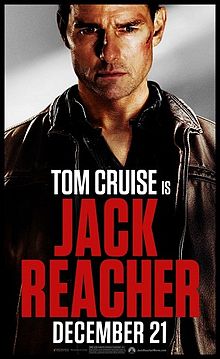
that, or if you put that notion quietly aside to do your own version of the book…for your project.
CM: Yeah, it’s kind of a double-edged sword. On the one hand, I very much respect the fact that the fans… Uh, I think that when you buy a book, you buy stock in the Reacher brand. And you’ve invested in it, and you feel some ownership over it. On the other hand, there are so many elements of the book that work in the form of a book, but that when you translated it to cinema, it would be a literal translation, but it would completely lose the spirit of the book. A really good example is: in the book, it’s a mystery who the shooter is, throughout the entire novel. Reacher only makes that discovery very late in the story.
The reason why you’re able to do that is because Lee Child can describe the shooting and just avoid describing who the shooter actually is. If we had done that on camera, it would’ve been very clear that we were hiding the identity of the shooter and people would’ve known right away that something was wrong. Why didn’t we show the shooter if it was who they said it was? So, we made a very conscious decision to turn that inside out and reveal the twist of the opening of the movie, 10 minutes into the movie, instead of trying to keep it for the whole movie. In fact, we recut the movie and tested it where we did it like the book: the shooter’s identity was revealed and we actually tested a lot of people were bored – they were very confused with it.
So what we always tried to do was be very respectful to the tone and the spirit of the novel. And at the same time, obeying our own rules about storytelling and filmmaking. And I think that when someone gets past what they might perceive as our disregard, they’re going to come to this movie and see that we did really carefully respect what I think that fans love about the book.
JD: Yeah, it works perfectly.
CM: Thank you.
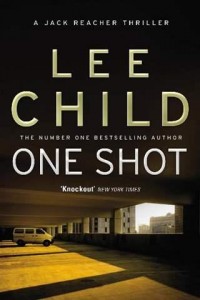 Matt’s Movie reviews: So, I just want to follow on from that question. The fans were very vocal about the casting of Tom Cruise as Jack Reacher.
Matt’s Movie reviews: So, I just want to follow on from that question. The fans were very vocal about the casting of Tom Cruise as Jack Reacher.
CM: Yes.
MMR: Kinda reminded me very much of back in the 90s when he was cast in Interview with the Vampire.
CM: Yeah.
MMR: When that film was released, just as when this film’s going to be released, a lot of people are going to eat crow afterwards. So, I guess my question is: How much pleasure will you get when that moment does happen, and who on the production is going to say, ‘I told you so’?
CM: Um, I always think it’s bad luck and bad form to gloat. But what I’ll be really interested to see is how many of those people will go back and delete their posts, or correct their posts. I’d love them to man up and go back and say, ‘no, after I saw the
film..’ But honestly, I believe that any people who are honestly that die hard and really that vocal… I honestly don’t think that there’s every going to be convincing them. Only because I don’t think that they’re aware of the realities of what we have to go through to make a movie. And let’s just say that there was a 6’5”, blonde-haired, blue-eyed, American star… There never has been, but let’s just say there was… If I cast him in the role of Jack Reacher, I’d have to cast everybody around him 6’8” in order for there to be any sort of tension or suspense or stakes in scenes where he’s fighting with people. And you’re not going to be aware of anybody’s size looking through a 235 window.
So, we knew early on that that was going to be a sort of insurmountable issue, and that there were going to be a certain number of people who were never going to inherently understand that it was just something that could never be.
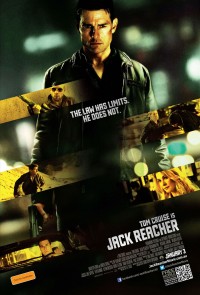 DGC: The other casting I need to ask about is Werner Herzog and how that came about.
DGC: The other casting I need to ask about is Werner Herzog and how that came about.
CM: (Laughs). Ah, Werner was the suggestion of Mindy Marin, our casting director. They had said they wanted a European. We thought that The Zec would be more threatening if we cast somebody that the audience didn’t immediately know…with whom they weren’t immediately familiar. At best, they were vaguely familiar.
And the first person she suggested was Werner. And I just thought it was a great idea. I just never thought he would do it; and he was more than game. And he turned out to be a real treat to work with. He was a lot of fun. I only wish there had been more to do with Werner, because he was always fun to have on the set.
JD: Well, speaking of casting, you also had the chance to work with an Australian actor, Jai Courtney, who’s now become like the new Sam Worthington, according to many. So I wonder what the process was like when you saw him and cast him.
CM: Ah, again, it was Mindy Marin. She sent me a tape. I had other actors in mind. I knew that Charlie was an opportunity to cast a bigger-name actor and somebody to be an antagonist to Tom. I knew I could get a lot of actors that I wanted to work with. And I saw Jai’s audition. He did a cold reading with an American accent. I didn’t know that he was Australian when he did it. And he nailed the scene.
It came to me as a link in an email, and I forwarded the email on to Tom and just said, ‘What do you think of this guy?’, knowing that I really wanted him. And Tom emailed me back about five minutes later and just said, ‘CAST HIM!’. And that was literally it. That was the whole process for Jai. He nailed it in one scene. And later, I asked him to do it with an Australian accent, just to explore that idea – not to obligate Jai to play it as an American. And I remember showing his audition, blind, to a couple of other people. And they said, ‘boy he’s good, but his Australian accent’s kind of phony.’ (All laugh).
MMR: Just speaking of your work with Tom Cruise: It goes back when you guys did Valkyrie together. My question is a two-tiered question: What were your first impressions when you met him & what’s it like to direct 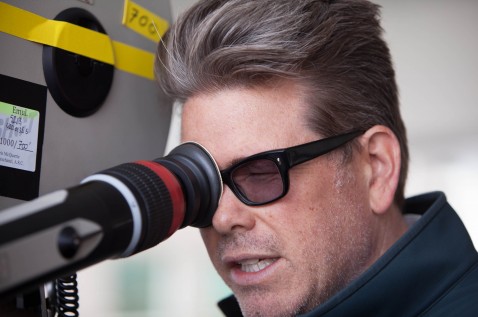 him? And will Mission Impossible be next for you guys?
him? And will Mission Impossible be next for you guys?
CM: Um – that’s a three-tier question. My first impression when I met him… There’s all the things you think you know about him when you go to meet him, and so you’re waiting for… You’re waiting for about the first six months of working with Tom for what you think is the real Tom to manifest himself. Because the Tom that you’re meeting is far too polite and professional and funny and laidback that it’s all got to be an act. And, after five years, it’s either who he really is or it’s the most disciplined front I’ve ever seen in my life.
And – directing him – um… The really intimidating idea was making the transition from writing and producing for Tom to now directing him. Because as a writer and producer, you’re mandate is very clear: You just work to execute whatever the studio, the director, and the star want. Now, as the director, you’re in the position of being somebody who’s going from somebody who says ‘yes’ to somebody who says ‘no.’
And I didn’t know what that transition was going to be like. I’d seen him work with other directors. I’d seen him work with Brian. I’d seen him work with Brad Bird? I’d since seen him work with Doug Liman. And I didn’t know if our relationship was going to be coloured differently, because of where we started out. And the first day of shooting it was my show. He was really great and really supportive. That’s not to say he doesn’t have a lot of opinions and he doesn’t push. But, in the end, he’s ultimately respectful of the director’s role, and he’ll back the director 100%.
MMR: And will Mission Impossible be the next directing gig for you?
CM: Um, we’re talking about it.
ALL: What about Star Wars?
CM: You can start that rumour! That would be fun. I think that would be a lot of fun. Yeah, we’re in very early talks about it. He’s working on East Kill. I’m promoting this. JJ’s working on Star Trek. Uh, so there’s no writer on board. So goodness knows how that would all come together. And then you look at where we are in the calendar year and how quickly January’s approaching … Uh, love to see it happen, but things would have to start now.
DGC: I’m just going to follow up on the Werner Herzog question. Um, I’m really fascinated by the idea of directors directing other directors, and how that differs to, say, working with an actor.
CM: Yeah. Well, you know it’s interesting. I mean, uh, he’s the only director I’ve directed. But I think because he’s been in the position of… You know, he’s been on the other side of it… He was immensely cooperative. He was great. He definitely had his own ideas; he had his own opinions. But I think you get a certain level of sympathy out of a director-as-actor than you do from an actor. So, what was great about him was… The real difference between Werner and virtually everybody else on the movie (except Jai): um, he never left the set. When we were relighting and brought in second team and brought in the stand-ins and everything… Werner didn’t have a stand-in. He would just stay in his chair and let them relight him. And he would just talk to the crew and talk to me. He’s very much still a student of film. He loves being on the set and loves being around the process all the time. And he squeezed every bit of life out of that.
DGC: Sure. That’s amazing to hear.
CM: He’s a great guy. Werner Herzog. What kind of character was he? He was like your Granddad. He was really cool. You would just sit with him and he would tell you awesome stories and he would tell you in that voice; and it was like a living Werner Herzog documentary.
(All laugh).
DGC: Yeah, at one point, I thought he should’ve narrated it.
CM: (Laughs). Exactly, exactly.
JD: One of my favourite scenes was the car chase. I wonder how much time and preparation that scene took to get it to that realistic point.
CM: Quite a lot. The preparation, especially. The thing that will always be overlooked about that sequence, beyond the preparation in terms of stunts and everything else… is like… that bridge is not naturally lit at night. That’s Pittsburgh. That bridge is actually in total darkness at night. We had to light the entire thing.
We had to light the tunnel, we had to light all the alleys. We made the choice to have the car chase at night. And, in doing so, it became enormously complicated… Figuring how to light the sequence…. Figuring out how to light Tom in the car. A car that was going to be driving practically, and without LEDs. The car is actually.. The rear view mirror is actually loaded with LEDs. Matter of fact, the only CG in the sequence is in the night scenes in the car chase in the lights that periodically show up.
Then there’s the preparation that went into the designing of the sequence. I think the storyboards were so many individual frames. And then the preparation that Tom went through, just getting familiar with the vehicle and practising in this big, open parking lot. Uh – practising on wet pavement, dry pavement. As the car gets hotter, it loses horsepower, so the variables are constantly changing. Um, every time you did a skid… You know, we would do a wet-down… We were forced to do a wet-down because we couldn’t control weather.
So now, every time you do a skid, you turn around and reset… The road is dryer than when you just drove past it. Tom had to learn to compensate not only for the – you know, the drift – when you’re skidding – the stunt itself… But he had to be able to calculate how long has the street been wet? How long has the car been running? Because the power I’m going to have, and the skid I’m going to have is going to vary every time. So, it became an effort of Tom’s to sort of become one with the car. To get so familiar with it.
Then you blow a clutch; and you’d have to take that car out and bring in another car. And Tom would have to know that car. So, he was literally, for several weeks, in prep when he wasn’t rehearsing. He was going out to this lot and he was becoming familiar with all these cars. So he knew them inside and out.
JD: So he did mostly all of his stunts?
CM: All of them, yeah. That was the beauty of that car chase. As Paul Jennings, the stunt coordinator on the movie (second unit director) said: ‘Look, we have an actor who is a trained, professional driver. And he should be driving in every possible shot that he can. That’s going to give us an enormous advantage, in terms of what the look of the sequence is going to be.’
The challenge after that became getting Tom *out* of the car. Tom wanted to be driving in virtually every shot. Even shots when we were like, ‘Tom! We’re in the back of the car! Nobody can see!’ and he was like, ‘Fuck that! I’m driving!’
(All laugh).
CM: And so the schedule became more and more challenging. Because the car chase was getting bigger and bigger. It was initially very short, and got longer and bigger. And what ultimately happened is that we shot the opening of the car chase and the end of the car chase with first unit, with the nights that we had allocated. Then all of the middle of the car chase, from the moment he leaves the hotel until the moment he turns onto the street with the bus stop, we shot with second unit, at night and on weekends.
So Tom and I would, on more than one occasion, work a full day with first unit… We’d wrap first unit and drive out to second unit and shoot all night with second unit. So, he and I were shooting 24 hour days in order to get that car chase done, in a way that it didn’t affect the budget, or the schedule. Because he had a hard-out date that we had to hit. I don’t know anybody else who would’ve done it, let alone could’ve done it.
Damn Good Cup: Well, I like to end every interview with asking for advice for aspiring film makers and what you’ve got say about that now.
CM: Uh, the advice I give everybody: It is not THE film business; it is A film business. Film makers now, more so than ten years ago, certainly more than twenty years ago… they have access to equipment and global distribution… to the point where you can make a feature-quality 35mm-quality film, with rented equipment, and have people looking at it that night on YouTube.
And, if you divorce yourself from the need to have a financial return on everything you do… If you start to treat your film making as your calling card, and put the film out there for people to experience, A film business (meaning Hollywood) will come calling for you. That puts you at a position of greater advantage than if you’d gone to them and asked them for permission. And that really is… If I could boil it down to one thing… it’s any film maker now… never ask permission to make movies. There’s no reason why you have to be asking permission to do your work.
With thanks to The Spotlight Report our Creative Content Partner!








